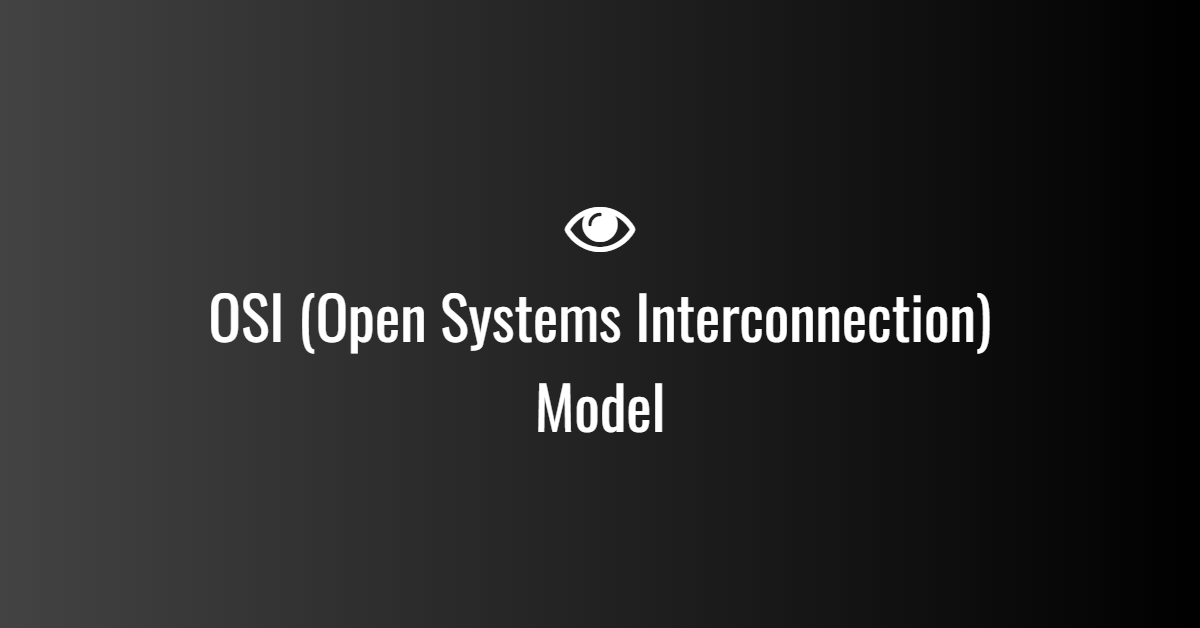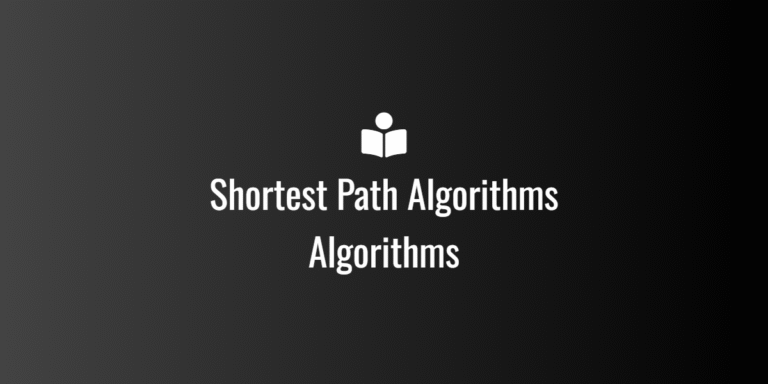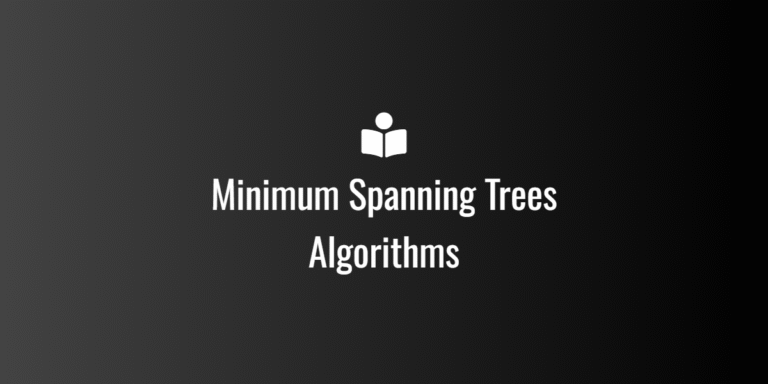
OSI (Open Systems Interconnection) Model
The OSI (Open Systems Interconnection) Model is a conceptual framework that standardizes the functions of a networking system into seven layers. Each layer serves a specific role in data communication, from physical transmission to application-level interactions.
7 Layers of the OSI Model (Top to Bottom)
| Layer | Function | Example Protocols/Technologies |
|---|---|---|
| 7. Application | Interface for end-user applications | HTTP, HTTPS, FTP, SMTP, POP3, IMAP, DNS |
| 6. Presentation | Data formatting, encryption, compression | SSL/TLS, JPEG, GIF, ASCII, MPEG |
| 5. Session | Manages communication sessions | NetBIOS, RPC, PPTP, SIP |
| 4. Transport | Ensures reliable or fast data delivery | TCP, UDP |
| 3. Network | Routing and addressing of packets | IP, ICMP, ARP, RIP, OSPF |
| 2. Data Link | MAC addresses, error detection, switching | Ethernet, Wi-Fi (802.11), MAC, PPP, VLAN |
| 1. Physical | Transmission of raw bits over media | Cables (Ethernet, Fiber), Hubs, RF Signals |
Detailed Explanation of Each Layer
1. Physical Layer (Hardware & Transmission)
- Transmits raw binary data (1s and 0s) over physical media.
- Defines cables, radio signals, voltages, and network interface cards (NICs).
- Example: Ethernet cables, fiber optics, Bluetooth, Wi-Fi signals.
2. Data Link Layer (MAC & Switching)
- Manages access to the physical medium and ensures error-free transmission.
- Divided into MAC (Media Access Control) and LLC (Logical Link Control).
- Uses MAC addresses for device identification.
- Example: Ethernet (802.3), Wi-Fi (802.11), VLAN, ARP.
3. Network Layer (Routing & IP Addressing)
- Determines the best path for data transmission using IP addresses.
- Handles packet forwarding, routing, and congestion control.
- Example: IPv4, IPv6, ICMP (ping), OSPF, RIP.
4. Transport Layer (Reliable or Fast Data Delivery)
- Manages end-to-end communication and data integrity.
- TCP (reliable, connection-oriented) vs. UDP (fast, connectionless).
- Uses port numbers for process-to-process communication.
- Example: TCP (HTTP, FTP), UDP (VoIP, DNS, streaming).
5. Session Layer (Maintaining Connections)
- Establishes, manages, and terminates communication sessions.
- Keeps track of session state between applications.
- Example: PPTP (VPN), NetBIOS, SIP (VoIP).
6. Presentation Layer (Data Translation & Encryption)
- Converts data into a readable format (e.g., ASCII, JPEG, MP3).
- Handles compression and encryption (e.g., SSL/TLS for HTTPS).
- Example: SSL/TLS (security), MPEG (video), JPEG (image).
7. Application Layer (User Interaction)
- Interfaces with the user and provides network services.
- Uses protocols like HTTP (web), SMTP (email), and FTP (file transfer).
- Example: Web browsers (Chrome, Firefox), Email clients (Outlook, Gmail).
Analogy: OSI Model as a Postal System
- Physical Layer → Roads, mail trucks (physical medium)
- Data Link Layer → Postal sorting facilities (MAC addressing)
- Network Layer → Addresses on letters (IP addressing, routing)
- Transport Layer → Ensures all letters are delivered in order (TCP/UDP)
- Session Layer → Keeps track of conversation (ongoing communication)
- Presentation Layer → Language translation, encryption (data format)
- Application Layer → The letter itself (final user communication)
Why is the OSI Model Important?
- Standardizes network communication.
- Helps troubleshoot network issues by isolating problems by layer.
- Guides protocol development.



Hello,
Kudos on launching examhope.com! It’s a big step toward growing your digital brand.
Through our efforts to support new domain owners, I’m sharing a innovative tool for examhope.com:
Introducing LiveAI Smart Chatbot — a complimentary AI tool that interacts with website visitors 24/7, resolves queries, and captures leads automatically.
Here’s why it’s perfect for examhope.com:
Deliver instant responses day and night
Capture leads automatically without effort
Tailored to fit your website’s style
Quick setup with zero coding
Increase sales and engagement
Claim your free chatbot here:
https://leadboost.click/ai-chat
Just install it to your site in minutes and watch engagement soar.
Here’s to growth with examhope.com!
Best regards,
Odell Myer
Customer Engagement Specialist
Hi Examhope,
Let’s face it—most marketing strategies today are ineffective, leaving business owners frustrated and wondering where all their money went.
Here’s the truth: Traditional marketing doesn’t work anymore. It’s about time to shift to direct-response marketing, the proven strategy that generates results in the real world.
Dan Kennedy, one of the leading marketing experts, swears by direct-response marketing, and his strategies have helped thousands of business owners grow their brands.
Let me show you how to apply it to your business.
Step 1: Know Your Target Audience
Targeting everyone is a huge mistake. You must define your ideal customer. Direct-response marketing requires you to speak directly to a specific group of people.
Example 1:
Target Audience: Busy professionals
Offer: “Quick and effective workout plans for busy professionals.”
This specific focus allows businesses to craft marketing messages that truly resonate.
Example 2:
Target Audience: Aspiring entrepreneurs
Offer: “The ultimate guide to start your e-commerce store in 30 days—no prior experience required.”
This appeals directly to the desires of this niche, making the marketing message much stronger.
Step 2: Clear and Compelling Offer
A great product is only as good as the offer. The offer should solve a problem and make it impossible for your ideal customer to say no.
Example 1:
A fitness coach offered: “Sign up for my program today and receive a free 1-hour coaching session, valued at $300.” This added value made the offer irresistible.
Example 2:
An e-commerce store offered: “Free shipping on all orders over $50, plus a free product with every purchase.” The free bonus added to the deal makes it more attractive.
Step 3: Track Everything
If you’re not measuring, you’re guessing. The most successful marketers track their results religiously.
Example 1:
A car dealership tested their email campaigns and found that subject lines with specific car models drove a 25% higher open rate than generic ones.
Example 2:
A SaaS company split their traffic between two landing pages: one with a video and one with text. The video version converted 40% more visitors into paying customers.
Your Action Step:
Start tracking your marketing results—whether it’s email opens, clicks, or conversions. If you don’t track, you can’t improve.
Tomorrow, we’ll dive into crafting irresistible offers and how to create something your customers can’t say no to.
To your success,
Kevin
Who is Dan Kennedy?
https://books.forbes.com/authors/dan-kennedy/
Unsubscribe:
https://marketersmentor.com/unsubscribe.php?d=examhope.com
Hey,
Ever feel like no matter how hard you try, success always seems just out of reach?
Maybe you’ve set big goals—starting a business, improving your health, or hitting a financial milestone—only to lose momentum. It’s frustrating, right?
Here’s the thing: It’s not your fault.
Most people don’t fail because they lack motivation. They fail because they don’t have a proven system to follow.
What if I told you there’s a step-by-step process designed to help you finally break free and start achieving your biggest goals—without the guesswork?
Click here to discover how it works: https://marketersmentor.com/formula-for-success.php?refer=examhope.com&real=yes
Talk soon,
Temeka
Unsubscribe:
https://marketersmentor.com/unsubscribe.php?d=examhope.com&real=yes
Dan Kennedy often uses a simple analogy to illustrate a common marketing mistake:
Imagine walking into a store and being swarmed by a salesperson who starts pitching everything they sell—refrigerators, running shoes, blenders—without once asking what you’re actually looking for. It’s frustrating, ineffective… and exactly what most businesses do in their marketing.
Instead of speaking directly to prospects’ specific needs or concerns, most businesses blast the same generic message to everyone. And according to Dan, that’s a surefire way to water down your impact—and your profits.
He points to Weight Watchers as a prime example.
They serve two distinct types of customers:
Health Buyers – motivated by medical reasons, like a doctor’s orders or an upcoming surgery.
Event-Driven Buyers – focused on short-term goals, like fitting into a dress for a wedding or looking good for a vacation.
These two audiences have completely different motivations. One wants to avoid a health crisis. The other wants to feel confident on the beach. But for years, Weight Watchers hesitated to segment their leads and tailor their message accordingly—despite the fact that segmentation could’ve easily doubled their effectiveness.
And this issue isn’t limited to weight loss companies.
At Magnetic Marketing, Dan Kennedy and his team have identified seven distinct interest categories among their audience—from wealth attraction to direct marketing and beyond. If they tried to send one message to all seven groups, they’d fail to deeply connect with any of them.
Dan compares this to politics: voters often care about one primary issue. Your leads are no different. Some are driven by fear. Others by ambition. And others by a very specific short-term goal.
Consider three different prospects in the finance space:
One fears running out of money in retirement.
Another wants to protect wealth for their grandchildren.
A third wants to maximize investment returns.
A single message trying to appeal to all three ends up resonating with none of them.
That’s why segmentation is so powerful—and profitable.
By tailoring messages to meet prospects where they are mentally and emotionally, businesses instantly build trust, create relevance, and position themselves as the only solution that truly gets the customer.
Dan outlines a simple framework for doing this:
1.Use a Self-Select Mechanism
Ask your audience questions like:
“Are you looking to grow your wealth?”
“Do you want to protect your assets for your family?”
2.Tailor the Follow-Up
Once they identify their concern, follow up with stories, testimonials, and offers that directly address it.
3.Watch Response Rates Soar
A personalized message turns cold leads into warm conversations—and buyers.
Dan stresses this strategy works in every industry. He’s seen it boost performance in colleges, financial firms, info-product businesses, and even local service providers.
Take colleges, for example. A dad wants to know his kid will get a job after graduation. A mom wants safety and solid food options. The student just wants to know they’ll make friends. Smart schools speak directly to each one—and enrollment improves dramatically.
If segmentation sounds like a mystery to you, Dan lays it all out in plain English in The No B.S. Guide to Direct Marketing. In it, he reveals:
The art of message-to-market match—how to say the right thing to the right people.
How to build self-select mechanisms that get prospects to reveal what they want—without a survey.
His exact process for creating segmented campaigns that maximize every dollar spent.
Click Here to Claim Your FREE Copy of The No B.S. Guide to Direct Marketing + $6,193 in Exclusive Bonuses
https://marketersmentor.com/direct-marketing-book.php?refer=examhope.com&real=yes
Dan Kennedy has watched businesses transform overnight simply by getting smarter with how they segment and speak to their audience.
Don’t waste another marketing dollar talking to everyone. Start speaking to someone—the right someone—and watch your results soar.
Dedicated to Multiplying Your Income,
Taj
P.S. Dan always reminds his clients:
Whoever can spend the most to acquire a customer—wins.Segmentation helps you do just that… profitably.
Unsubscribe:
https://marketersmentor.com/unsubscribe.php?d=examhope.com&real=yes